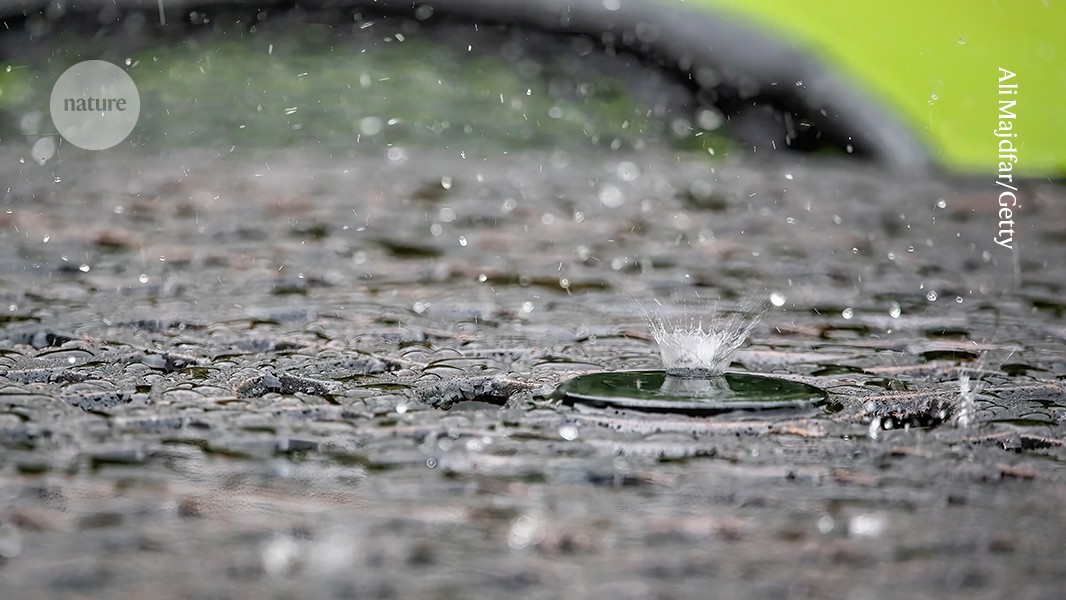
"TFA accumulates partly because natural processes can't break its strong carbon-fluorine bonds, leading to five- to ten-fold increases in tree species in Germany over four decades."
"Some PFASs are linked to higher risks of health harms and are banned internationally, while health impacts of TFA remain less clear with current levels showing minimal biological effects."
"The United Nations Environment Programme considers TFA to pose minimal risk until 2100, but some countries are already taking steps to regulate TFA levels."
"In June 2024, German federal agencies petitioned the European Chemicals Agency to label TFA as a reproductive toxin, initiating a public comment period."
Trifluoroacetic acid (TFA) is a chemical that has been increasingly found in various environments, including lakes, rivers, and human biological samples. Over the last four decades, TFA levels in Germany have risen significantly in tree species, while similar trends are seen in Arctic ice cores and groundwater in Denmark. TFA is categorized as a PFAS, substances known for their persistence in the environment. Although current levels do not appear to pose significant health risks according to the UNEP, some countries are moving to restrict TFA, with German agencies seeking to label it as a reproductive toxin.
Read at Nature
Unable to calculate read time
Collection
[
|
...
]